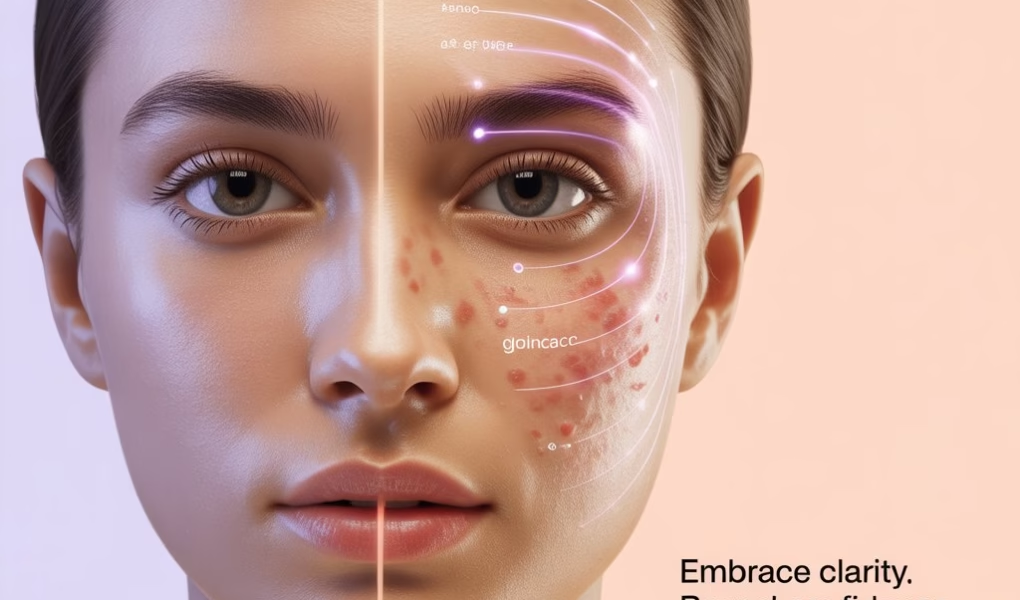Acne isn’t just a teen problem—it affects millions worldwide and often leads to frustration and lost confidence. This free “Acne Risk Calculator” helps you quickly assess your acne risk and understand what might be triggering your skin. Backed by dermatology science, it offers real, actionable guidance—not myths.
🧴 Acne Risk Calculator
Estimate your acne risk in just 5 quick questions
Why Use This Calculator?
- Fast & Personalized: Tailored scoring based on your skin type, lifestyle, stress levels, and family history.
- Evidence-Based Clarity: Based on key acne risk factors like oil production, clogging, inflammation, hormones, and genetics. NIAMSMDPI
- Myth-Busting Insight: Learn what actually matters—and what doesn’t (greasy food ≠ direct cause). The GuardianMayo Clinic
- Actionable Guidance: Get onward steps for low, medium, or high risk—plus skin care and lifestyle tips to reduce breakouts.
Understanding Acne: Key Risk Factors
1. Hormonal & Genetic Influences
- Hormones such as androgens can spike oil (sebum) production, aggravating pores.
- Family history significantly raises the likelihood—some studies show up to triple the risk. NCBI
2. Clogged Pores & Bacterial Growth
- Dead skin cells + excess oil create a breeding ground for acne-causing bacteria, leading to inflammation. NIAMS
3. Environment, Lifestyle & Diet
- Stress, pollution, humidity, and friction (like from helmets or phone use) worsen acne.
- Diets high in refined sugar or dairy may exacerbate acne through inflammation but greasy foods aren’t direct causes.
4. Other Aggravators
- Over-washing skin, using pore-clogging cosmetics, and picking at spots worsen breakouts.
How the Acne Risk Calculator Works
Our calculator evaluates your risk by asking targeted questions on skin type, lifestyle, stress, genetics, diet, and routine. Each answer creates a score—your total reveals whether your acne risk is Low, Medium, or High.
What Your Results Mean
- Low Risk (0–4 points) – Keep up the good habits. Your skin is relatively resilient.
- Medium Risk (5–8 points) – Watch for triggers like stress or inconsistency in care.
- High Risk (9+ points) – You’re more prone to breakouts. It’s time for a tailored skincare and lifestyle overhaul.
In all cases, if acne persists, seek a dermatologist—especially important if it impacts your confidence or daily life.
Clearer Skin Tips Based on Your Score
Low Risk Tips
- Stick with a gentle cleanse (not harsh scrubbing).
- Use non-comedogenic (pore-safe) products.
- Maintain a balanced diet—rich in whole foods and hydration.
Medium Risk Tips
- Add low-glycemic foods, probiotics, and omega-3s to reduce inflammation.
- Manage stress with routines like sleep hygiene, exercise, or mindfulness.
High Risk Tips
- Use targeted topical agents (e.g., salicylic acid, benzoyl peroxide, retinoids) or consult a dermatologist for appropriate treatments.
- Guard against friction-related breakouts by avoiding tight gear and practicing skin hygiene post-exercise. Wikipedia
Bonus: Myths vs. Facts
- Myth: Greasy food causes acne.
Fact: Acne stems from hormones and genetics—not direct dietary oil. The Guardian
Myth: Dirt causes acne.
Fact: Overwashing or harsh cleansing can worsen it. Clean, consistent, gentle care works best.
👉 After checking acne risk, try our Skin Type or SPF Calculator.
Risk factors include hormonal changes, oily skin, diet high in refined sugars, stress, and poor skincare habits.
Diet can influence acne (especially high glycemic foods), but it’s rarely the only cause. Multiple factors usually interact.
This tool gives a guideline based on common dermatology patterns. It cannot replace a dermatologist diagnosis.
See a dermatologist if acne is severe, leaves scars, or doesn’t respond to over-the-counter care.
About the GlowNest Care Team
At GlowNest Care, our mission is to make skincare simple, science-backed, and effective for everyone. Our team of beauty enthusiasts, skincare researchers, and wellness writers work together to create helpful tools like the Acne Risk Calculator—so you can better understand your skin and make confident choices.
✨ Whether you’re struggling with breakouts, searching for natural remedies, or just building a healthy routine, we’re here to guide you every step of the way.
👉 Ready to take control of your skin health? Try the Acne Risk Calculator above and explore our latest Weekly Glow Tips for practical tips you can trust.
